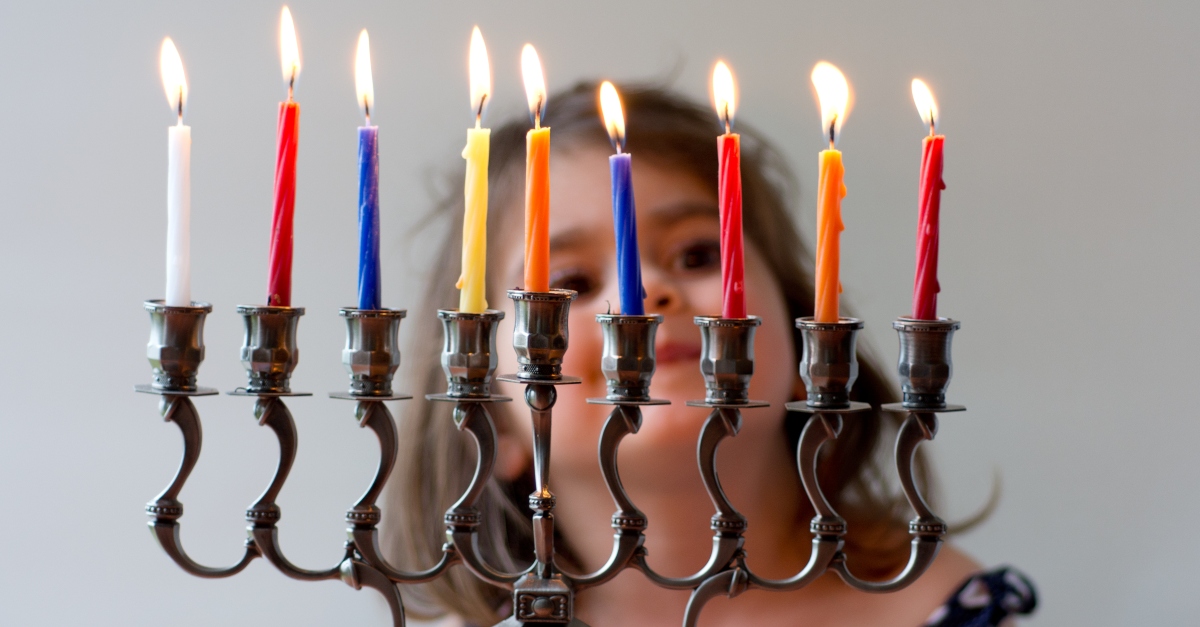
Winter is almost here, and all the best holidays are nearly upon us. Christmas is, of course, already in the hearts and minds of children and adults alike. But let’s face it, we pretty much know everything we need to know about the holiday. Christmas movies and songs, trees and puddings, the Nativity, holly and mistletoe — most kids could pass a test on Christmas with flying (reindeer) colors.
While your family celebrates your traditional holiday, take a few moments to learn more about other wintertide holidays. What are their origins, who celebrates, and how does food impact these festivities?
Here are a handful of festive and heartwarming holidays with deep histories.
Kwanzaa: December 26 to January 1
Kwanzaa is a holiday created by activist Maulana Karenga back in 1966, originally celebrating the first harvest of the year. It celebrates African American culture while acting as an anti-commercialism alternative to Christmas. Though a secular holiday, Karenga stated that Kwanzaa has an "inherent spiritual quality," with a focus on community and sustenance. The holiday spans over a week, with lighting of the kinara, a collection of candles. The black candle, which represents unity, is lit on the first day (December 26), and the others daily until the new year.

The final day culminates with a feast called karamu and the final colored candle being lit. Food is such a huge part of Kwanzaa, with the main dish served at the feast usually being a one-pot stew. Food includes Cajun jambalaya, Creole gumbo, buttermilk biscuits and spoon bread, Ghanaian groundnut stew, plantains, fritters — pretty much everything from the continent you can think of.
Hanukkah: December 18 to 26 (in 2022)
Hanukkah is probably the second-most well-known winter holiday next to Christmas for many Americans. However, a lot of us may not actually know the history behind the eight days of presents and candles. Also written as Chanukah, or the Feast of Dedication, Hanukkah is an eight-day celebration observed on the Hebrew calendar date of 25 Kislev (which varies from year to year), with a nightly menorah lighting, fried and sweet foods, and prayers.

The holiday commemorates Jewish victory over the tyrant king Antiochus Epiphanes, leading to rededication of the Temple of Jerusalem. Epiphanes’ empire, The Seleucids, left only a single vial of oil for the temple’s menorah, which managed to illuminate the temple for eight whole days and nights. Essentially, Hanukkah is the celebration of this miracle of light, as well as the successful revolt against oppression. Cuisine is a massive part of the holiday, as many Jewish folks will say that their love language as a people is sharing food. From brisket to latkes, sufganiyot to kugel, Hanukkah feasts are made up of both kosher and non-kosher foods, brought by friends and families.
Fiesta of Our Lady of Guadalupe: December 12
Mostly celebrated in Mexico City, the Fiesta of Our Lady of Guadalupe is a Mexican holiday where millions of Latin Americans flock to the Basilica of Our Lady of Guadalupe, a holy sanctuary in the Gustavo A. Madero borough of Mexico City. Also known as Nuestra Señora de Guadalupe, Our Lady of Guadalupe is the Catholic name for Mary, the mother of Jesus, who was believed to have been seen by Mexican devout neophyte Juan Diego Cuauhtlatoatzin in 1531, long after her death.
He saw apparitions of Mary five times and was involved with many life-changing miracles. The fiesta is a celebration of these apparitions and miracles, as well as Mary's life in heaven and on Earth. After a pilgrimage to the basilica, those who celebrate have a delicious feast consisting of food such as tamales, bunuelos, raspados, tortas, chicken mole, and other delicacies. The holiday also consists of traditional Aztec and Mexican dancing, as well as a reenactment of Juan Diego’s visions and, of course, prayer.
Bodhi Day: December 8
The third-most-practiced religion in Asia, Buddhism, gave birth to Bodhi Day around 500 BC. It's usually celebrated on the eighth day of the Lunisolar calendar and is otherwise known as Rohatsu (臘八) in Japanese. It commemorates the day that Gautama Shakyamuni, the Buddha, was known to have achieved enlightenment through meditation. Though many Buddhists celebrate, the holiday is predominantly observed in Japan and is celebrated by meditating, praying at a temple, and decorating a Bodhi tree.
Since the holiday revolves around enlightenment, the day is spent in a calm and simple manner, seeking the Four Noble Truths. The four truths exist in order to achieve enlightenment and be at peace with oneself. The first is the truth of suffering; the second is the truth of the cause of suffering. Then comes the truth of the end of suffering, and finally the truth of the path that leads to the end of suffering. Like most faith-based holidays, food plays an important role; however, with Bodhi Day the food is usually humbler. A popular dish is rice and milk, as it was said this was the meal Shakyamuni ate every day before enlightenment. Sugar cookies are a popular staple with children, usually formed in a heart shape based on fig tree leaves.
Yule: December 21 to January 1
Yule is a winter festival celebrated by the Germanic and Scandinavian peoples. It has close links to Christmas, but with a closer focus on the winter solstice rather than the birth of Christ. In fact, history shows that pagans were celebrating it thousands of years before Jesus was even born. Christmas took a lot of inspiration from Yule, and since the 25th was the date of the vernal equinox and winter solstice, the birth of Christ was placed mid-Yule.
But enough about Christmas for now, as Yule is still very much a holiday in its own right. Anyone can celebrate Yule, as it's not just a Germanic and pagan holiday, and modern Yule is often seen as a secular holiday perfect for atheists, agnostics, witches, and spiritual folk alike. Yuletide food includes, of course, the yule log cake; a chocolate sponge cake filled with vanilla buttercream, shaped to look like a 3D wooden log. It’s much like the actual wooden log that is burned throughout the festival or simply adorned with holly and candles. Other foods include winter vegetables, spiced fruits, and broiled fowl.




